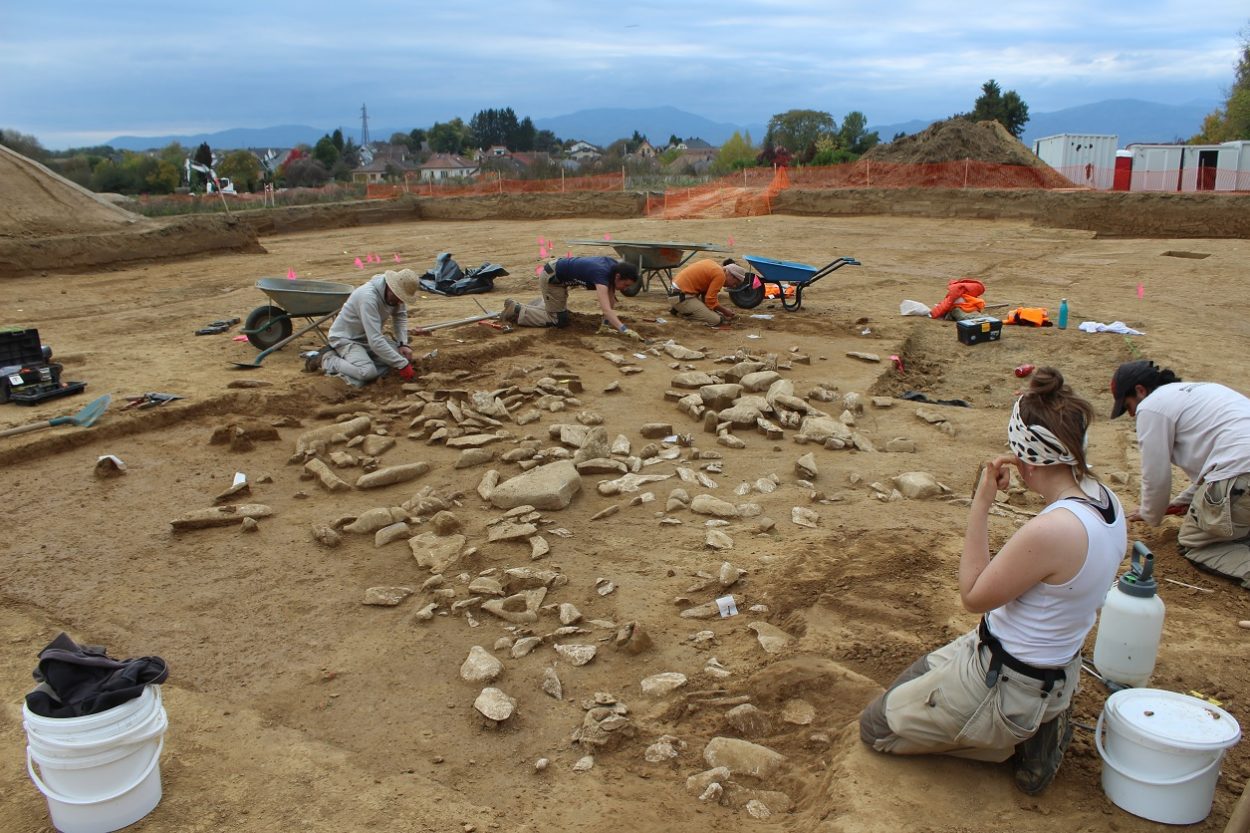Archaeologists excavating in the commune of Morschwiller-le-Bas in north-eastern France have found a rich prehistoric landscape from the Mesolithic and Neolithic periods.
Excavations were conducted by the National Institute of Archaeological Research (INRAP), where researchers discovered piles of flint-cut waste from the manufacturing of hunting weapons.
The flint waste dates from between 9000 and 5500 BC during the Mesolithic period, in which the manufacture of lithic tools and weapons became more sophisticated and typically smaller than the heavy-chipped equivalents typical of the Palaeolithic.
The Mesolithic was the final period of hunter-gatherer cultures in Europe between the end of the Last Glacial Maximum and the Neolithic Revolution, where prehistoric populations were nomads that lived in temporary encampments whilst hunting and gathering.

Archaeologists also identified a Neolithic settlement, with finds including axe blades and polishers, in addition to evidence of agriculture and animal husbandry.
Within the settlement the team found several millstones for flour production, as well as rubbish pits and silos that contained pieces of cut flint, grindstones and fragments of polished axes, bones of fauna (pigs and bovids) and fragments of ceramic vases.
The Neolithic typically saw a progression of behavioural and cultural characteristics and changes, above all the introduction of farming and the use of domesticated animals by populations living in small-scale, family-based communities.

The most notable discovery is a funerary monument from the Late Neolithic period that dates from between 3500-3100 BC. The structure measures 15 metres in length by 5 metres wide, and is constructed from imported limestone blocks. Within the monument the researchers found more than 200 fragments of human bones of varying age groups that were placed as part of a collective burial.
Header Image Credit : INRAP





